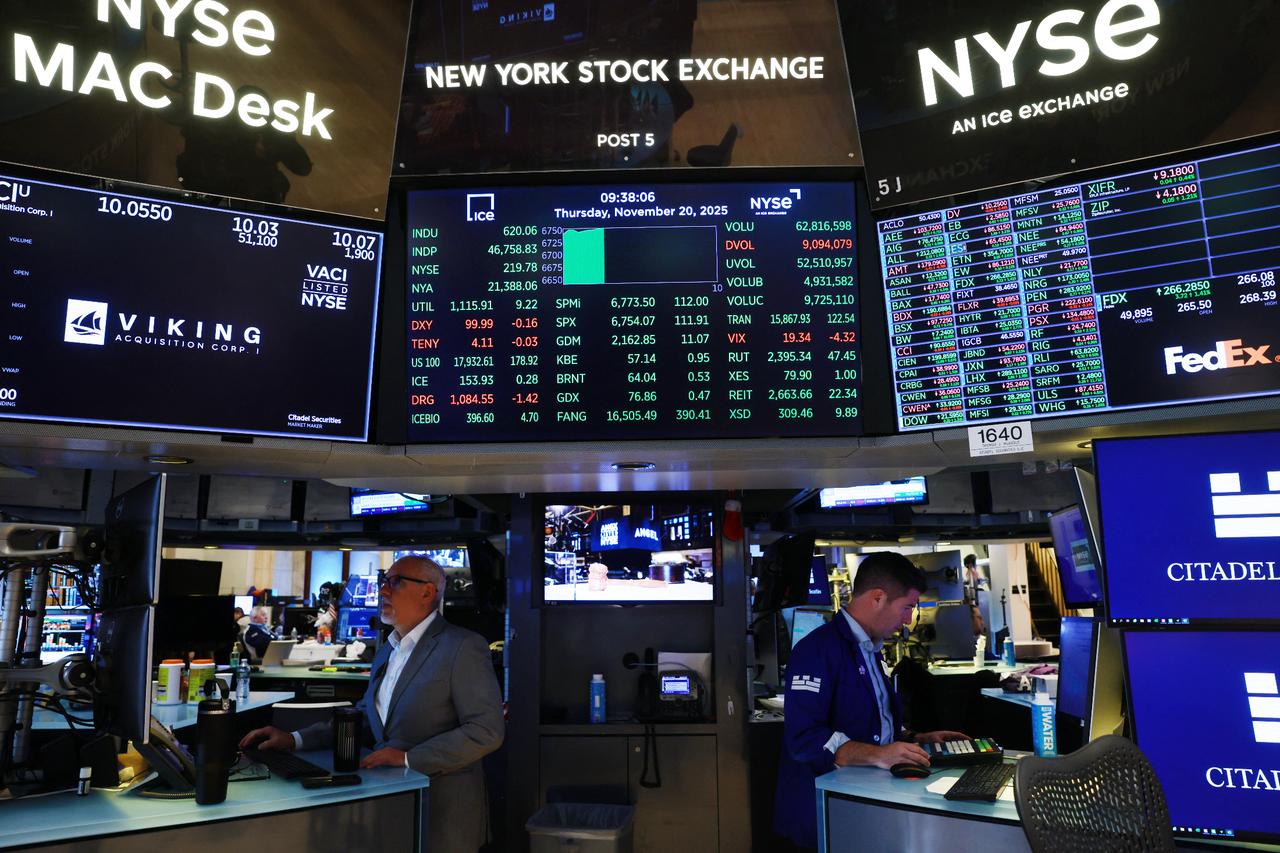
Despite growing speculation in global markets, current trends do not indicate the presence of a technology bubble driven by artificial intelligence (AI), unlike the early 2000s dot-com bubble, according to Sant Manukyan, Deputy General Manager of Is Investment, the brokerage arm of Turkish lender Is Bank.
The dot-com bubble was a wave of speculative investment in internet companies during the late 1990s that burst in 2000, when many firms failed to show profits.
By the end of the 2002 market downturn, tech stocks had lost around $5 trillion in market value, with the Nasdaq-100 falling 78% from its peak to 1,114.
Speaking at the "International Markets and Artificial Intelligence" panel during the InvestTech Summit 2025 in Istanbul, Manukyan stressed that the current tech giants show stronger financial fundamentals, arguing that the psychological euphoria seen in 1999-2000 is currently absent.
Unlike the dot-com era, today's leading firms exhibit solid balance sheets and strong free cash flows, making a sudden collapse unlikely.
Manukyan acknowledged that certain stocks—referred to as the "M8," which includes major U.S. technology firms like Nvidia, Apple, Amazon, and Meta—are trading at elevated valuations.
However, he pointed out that the broader S&P 500 does not show similar overheating. "If we exclude the M8 and look at the remaining 492 companies, valuations are not overly expensive," he said.
The combined weight of the M8 stocks accounts for approximately 34.7% of the S&P 500 index, according to the latest figures, with chipmaker Nvidia, which saw unprecedented interest amid exponentially surging AI investments in its GPUs that pushed its market capitalization above $5 trillion at its highest, making it the world's most valuable company, alone weighing about 7.3%.
On the other hand, Manukyan emphasized that China is rapidly narrowing the technology gap with the United States.
He explained that the Chinese government has strategically pivoted its economy toward high technology, partly to offset challenges in the country’s real estate sector. As a result, Manukyan expects a global competition between two distinct models of AI development—one led by the U.S., the other by China.
He warned that the path chosen by countries in adopting AI will directly impact their labor markets. The U.S. model, he argued, carries a higher risk of job displacement due to its commercial structure and limited social protections.
In contrast, he said China is developing a more state-guided modernization model that may avoid the same pitfalls. "These two models will compete not just economically but in terms of social impact," he noted.
Discussing the future of financial markets, Manukyan underlined the growing role of AI-powered algorithms in global investing.
He said traditional active investment methods are increasingly unsustainable in a world where algorithms operate around the clock.
This dynamic has already led passive investment funds to outperform active ones in recent years, a trend he believes will accelerate in the AI era.

Manukyan attributed the recent global uptick in gold prices primarily to China. He explained that both the People’s Bank of China (PBOC) and retail investors have been purchasing gold amid rising uncertainty.
Beijing’s efforts to bolster the Shanghai Gold Exchange are also laying the groundwork for a greater role for gold in international trade, he added.
While discussing global currency systems, Manukyan said the U.S. dollar remains firmly entrenched as the world’s reserve currency.
He cited the depth of U.S. markets and the dominance of dollar-denominated transactions as reasons why this is unlikely to change in the short term. However, he noted that China’s diversification of reserves, its experiments with stablecoins, and increasing global financial fragmentation could lead to structural changes over the medium term.
Looking ahead to 2026, Manukyan highlighted the potential impact of the upcoming U.S. midterm elections on global markets.
He said that if the Republican Party continues to lose political ground, the U.S. administration may adopt more expansionary fiscal policies. Possible stimulus measures, including tax reforms and expanded social benefits, could drive risk appetite in global markets during the first half of the year.
Nonetheless, Manukyan warned that such developments may bring new macroeconomic imbalances in the medium term. "The first half of 2026 could be favorable for risk assets, but the underlying volatility could reemerge later," he concluded.